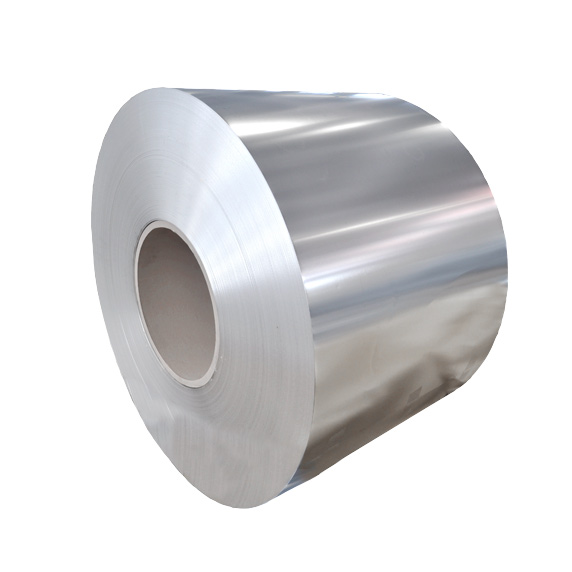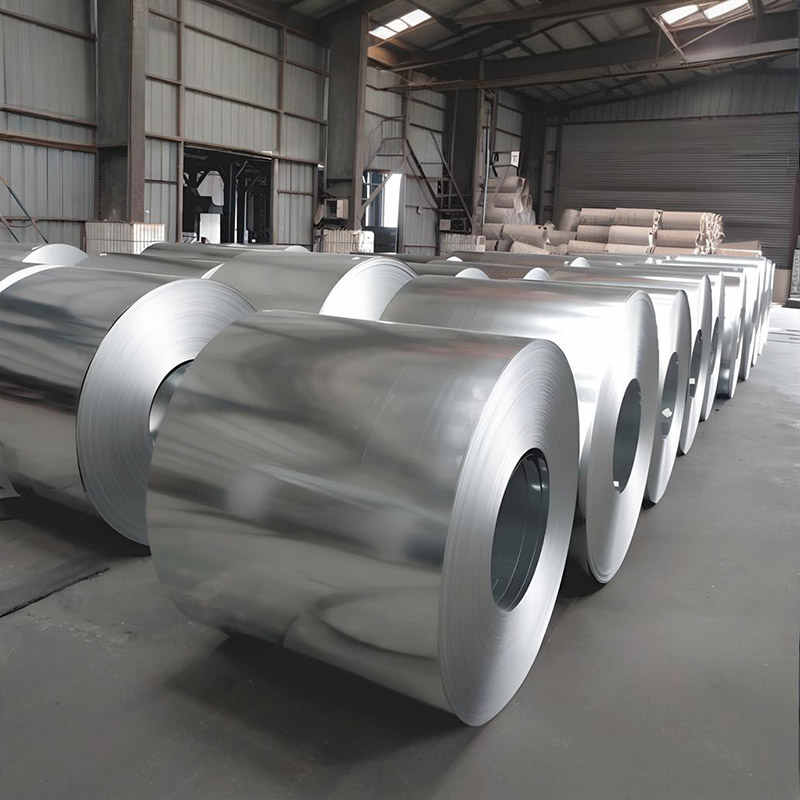What exactly is tinplate and why has it remained a cornerstone material for over two centuries? Tinplate, essentially thin steel sheet coated with a thin layer of tin, combines the strength of steel with the corrosion resistance and aesthetic appeal of tin. This unique combination makes it one of the most versatile materials in modern manufacturing.
How is tinplate manufactured? The production process begins with cold-rolling steel into thin sheets, typically between 0.1mm to 0.5mm thick. These sheets then undergo electrolytic tinning, where a precise layer of tin is deposited through an electrochemical process. The thickness of the tin coating can be controlled to meet specific requirements, ranging from light to extra-heavy tin coatings. This meticulous process ensures consistent quality and performance across the final product.
What makes tinplate so special? Its exceptional properties include superior formability, excellent corrosion resistance, and the ability to be soldered easily. Additionally, tinplate provides an impermeable barrier that protects contents from external contaminants, making it ideal for food packaging. Its surface also accepts printing beautifully, allowing for vibrant product designs and branding.
Where is tinplate commonly used? The applications are virtually endless. Food and beverage industries rely heavily on tinplate for cans, containers, and packaging. The cosmetic industry utilizes it for premium packaging solutions, while pharmaceutical companies depend on its purity for medical packaging. Industrial applications include oil filters, electronic components, and even artistic applications.
From a sustainability perspective, tinplate stands out as an environmentally friendly choice. It is 100% recyclable without loss of quality, and the tin coating can be recovered and reused indefinitely. The manufacturing process itself has become increasingly energy-efficient, reducing the carbon footprint associated with production.
Looking ahead, innovations in tinplate manufacturing continue to emerge. New coating technologies enhance performance while reducing tin usage, and smart packaging solutions incorporating tinplate are being developed for better product tracking and consumer engagement.
Having worked with tinplate for over a decade, I’ve witnessed firsthand how this material continues to evolve while maintaining its core advantages. The versatility of tinplate is truly remarkable—whether you’re preserving food, creating eye-catching packaging, or developing industrial components, tinplate delivers reliability and performance that few materials can match. Its unique combination of properties ensures that tinplate will remain a vital material for generations to come.



